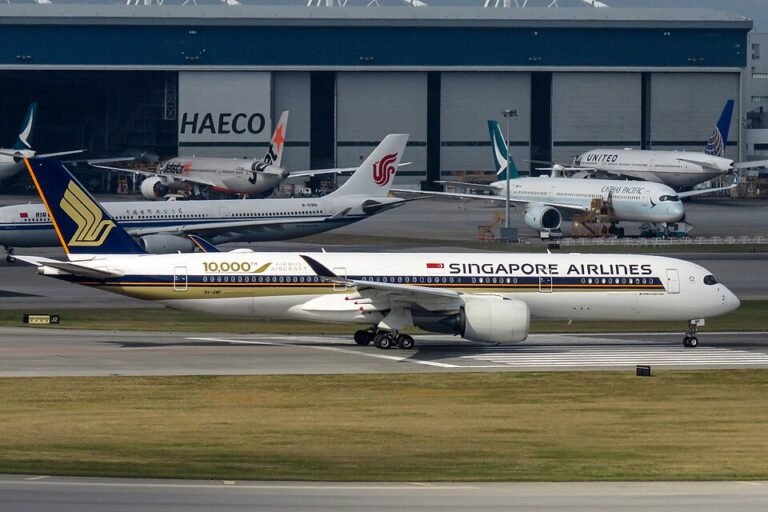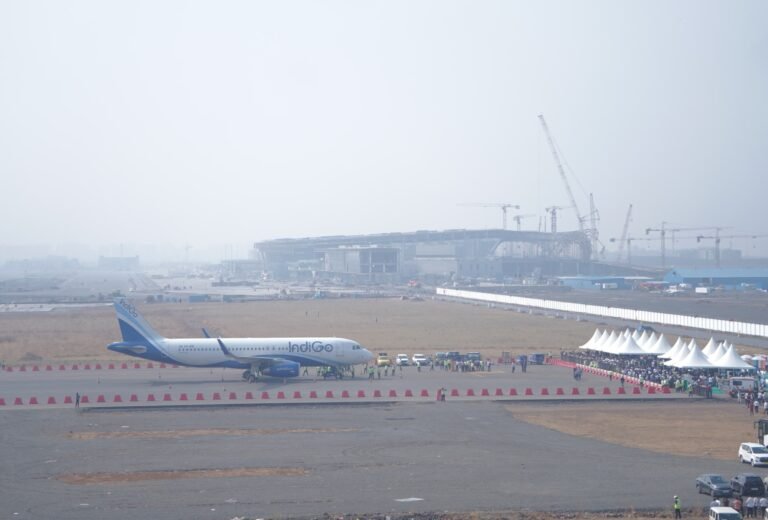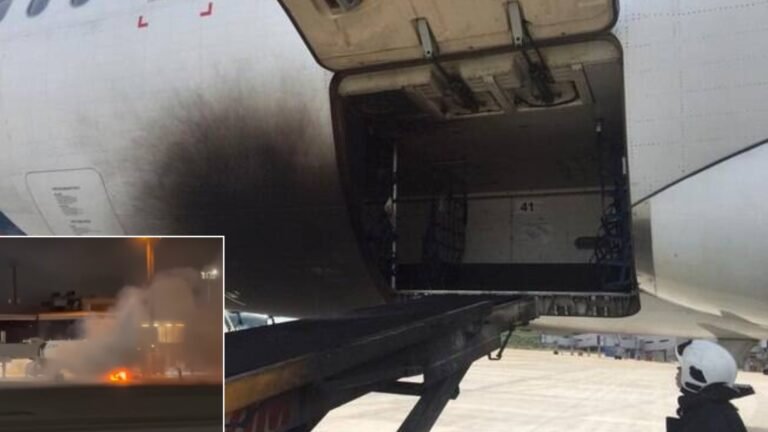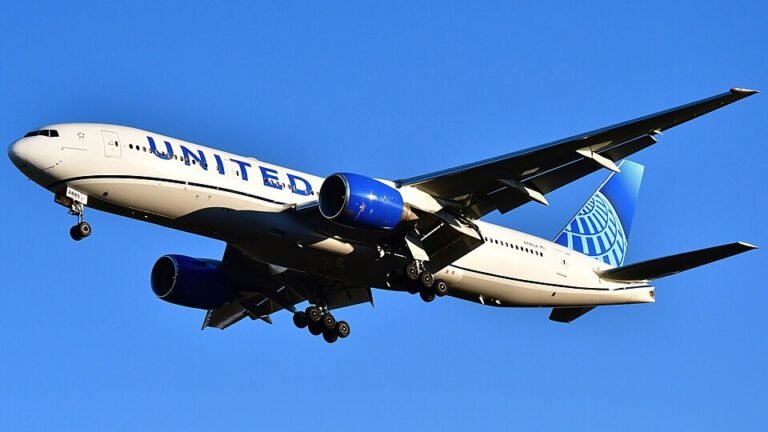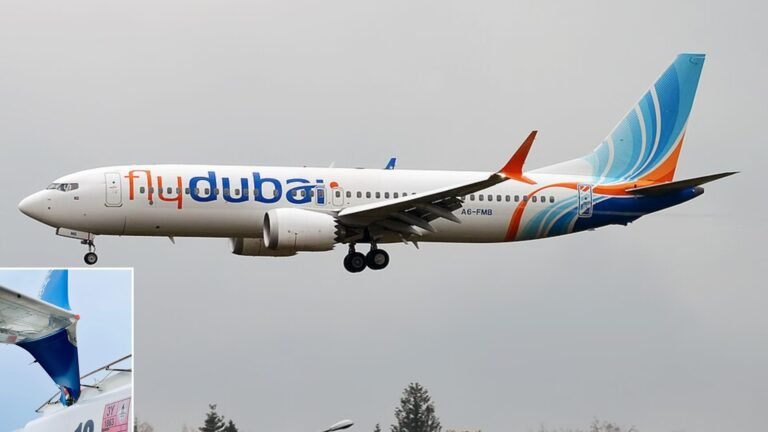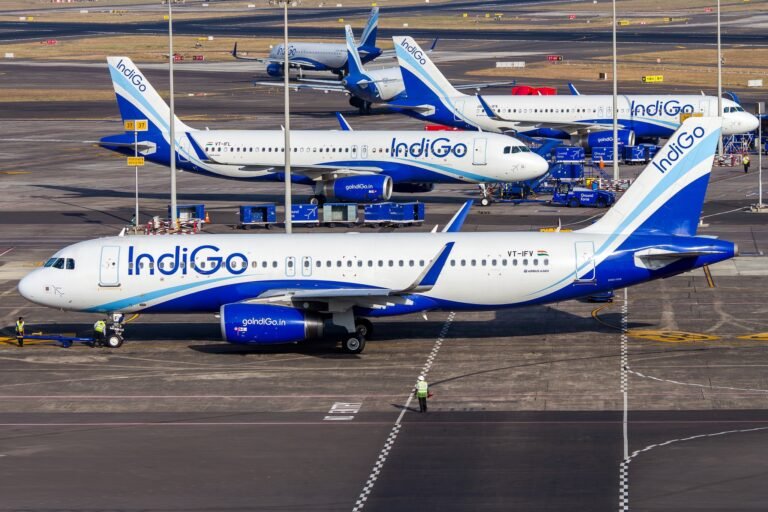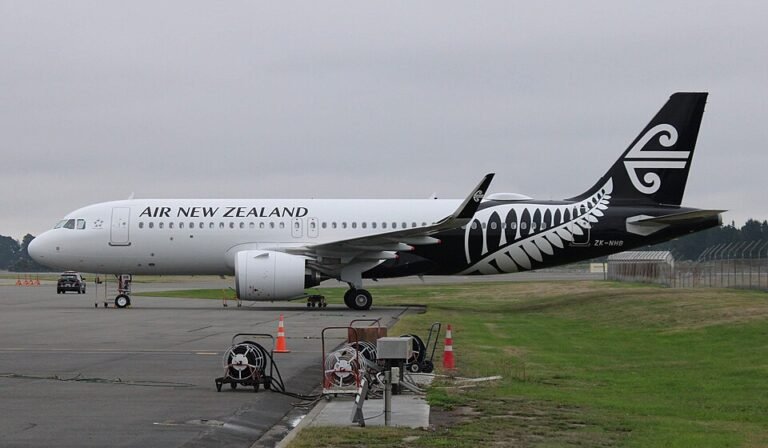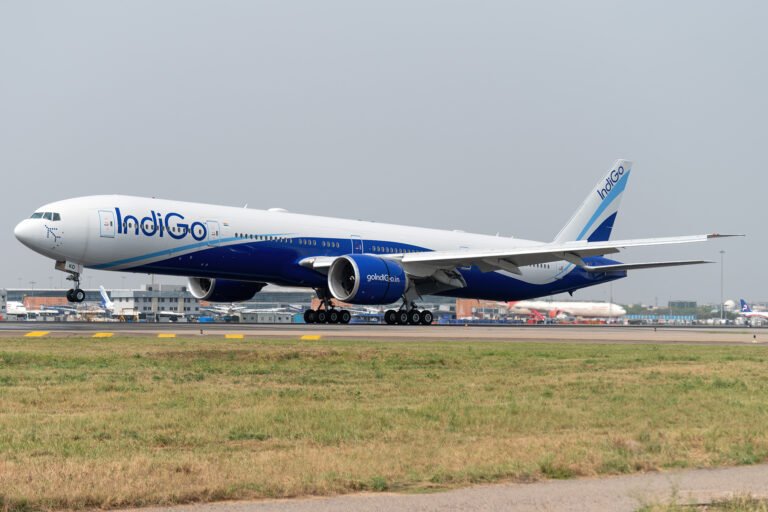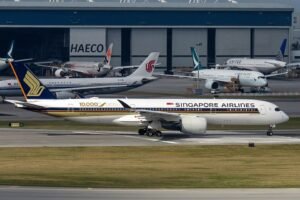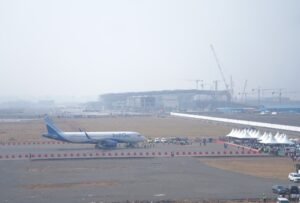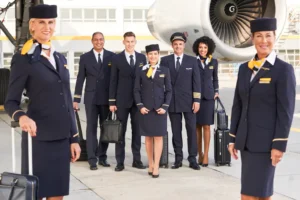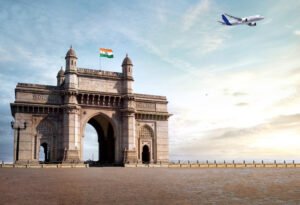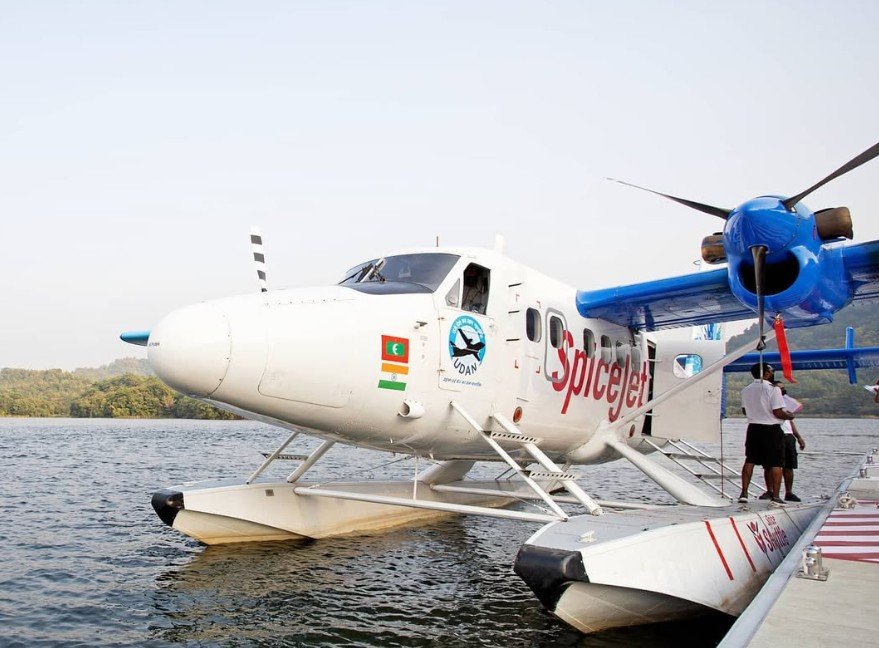
New Delhi, India: India’s Civil Aviation Ministry now plans to relaunch seaplane operations across at least two domestic routes by October, confirmed Union Civil Aviation Minister Ram Mohan Naidu. Speaking at the Eastern Region Civil Aviation Ministers’ Conference, Minister Naidu noted that while seaplane operations were previously limited to a single route, the government has now simplified the guidelines to ease relaunch efforts
These relaxed norms cover the setup of waterdromes, pilot training procedures, and operational regulations. Under the new rules, seaplanes can be deployed on any water body with a minimum depth of five feet and at least 200 meters of landing space.
The anticipated routes include locations across the Andaman & Nicobar Islands, Kerala, or Andhra Pradesh, with the potential for future extensions to Odisha’s Chilika Lake and other parts of the eastern coastline. Minister Naidu encouraged airline operators to seize this opportunity, highlighting its “huge potential” for improving connectivity. He also invited state governments to propose innovative locations to expand the seaplane network.
India’s seaplane services were initially launched in October 2020 by SpiceJet’s subsidiary, Spice Shuttle, with a 15-seater Twin Otter 300 aircraft operating between Ahmedabad’s Sabarmati Riverfront and the Statue of Unity in Kevadia, Gujarat. The service aimed to enhance regional connectivity under the UDAN scheme, offering affordable travel options to remote destinations. The pandemic disrupted operations, and the airline faced challenges in procuring its own fleet of seaplanes. By April 2021, SpiceJet decided to discontinue the service, citing these operational reasons.
Additionally, Naidu pointed out the growing demand for pilots, revealing that 1,700 aircraft are currently on order, each requiring between 20 to 30 trained pilots. To meet this demand, India must generate approximately 3,000 pilots annually. To elevate training standards, the Ministry will introduce a ranking system for Flying Training Organisations (FTOs) starting in October.
The conference was officially inaugurated by Odisha Chief Minister Mohan Charan Majhi, with other dignitaries such as Minister of State for Civil Aviation Mohol Murlidhar, Chhattisgarh Minister Om Prakash Choudhary, and senior civil aviation officials in attendance.

